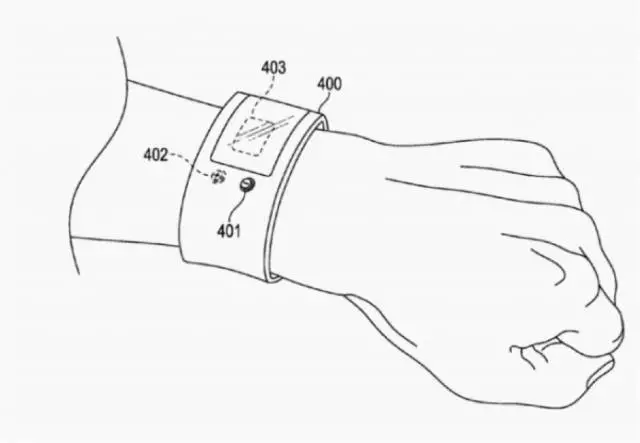In the middle of this month, Apple passed a patent for wearable devices. According to the US Patent Office, the device can monitor ECG (electrocardiogram) through a series of sensors. In general, an electrocardiogram requires multiple electrodes to be monitored simultaneously to obtain more accurate data. Apple's patent uses pressure sensing technology to obtain data from different parts of the body to obtain more accurate monitoring results, which is said to be comparable to professional-grade medical equipment .
Precision, precision and precision!
As the aging process continues to accelerate and the number of high-risk populations continues to increase, we need to collect time-based data for analysis and treatment, and give scientific and reasonable recommendations and programs. Although wearable devices are no longer a new term, the application of "precise data" in the medical field is still a hurdle.

Between 2014-2015, with the changes in industry policies and market environment, a large number of wearable equipment companies are targeting the health sports field. The Ai Media Consulting Test Report shows that by the end of 2016, China Mobile's medical health market is expected to reach 7.42 billion yuan. In 2016, China's smart wearable device market will reach 18 billion. The wearable market has huge space, but the industry threshold is not high, and the low-cost, slightly technical companies can buy parts to do, resulting in serious product homogeneity and fierce market competition. Many products are painless and not just needed. The practicality is hard to make buyers excited and become a "chicken rib." Most of them are based on the realization of sports health management functions. In actual applications, they are not much different from competitors, except that the types of data monitored and activities are different.
Research companies have conducted research on the US wearable market and found that consumers are not very dependent on wearable devices. Among consumers who have wearables over the age of 18, although one in ten have activity tracking devices, more than half are no longer used; one in three will give up after six months.
At present, many brands launched in the domestic market are based on smart bracelet smart watches, but the core functions are still focused on “non-medical level†data such as step counting, sleep monitoring, body temperature test, heart rate monitoring, and motion detection. .
At the Wearable Medical Devices and Technology Summit held on August 25th, Zhu Zhenmin, deputy director of the Institute of Computing Computing at the Institute of Computing Technology of the Chinese Academy of Sciences, analyzed the perception of wearable physiological indicators and proposed a variety of sensing methods for domestic smart wearables. Innovation in the equipment market provides more ideas. Many innovative wearable devices use body sensors. At present, body sensor technology is still in its own growth stage, and will mature in the long-term development process, but it has already exposed its power in the field of wearable devices.

Food Acidulants,Free Xanthan Gum,Guar Gum,Citric Acid Monohydrate
Shanghai J.Shine Co.,Ltd , https://www.jshinechem.com